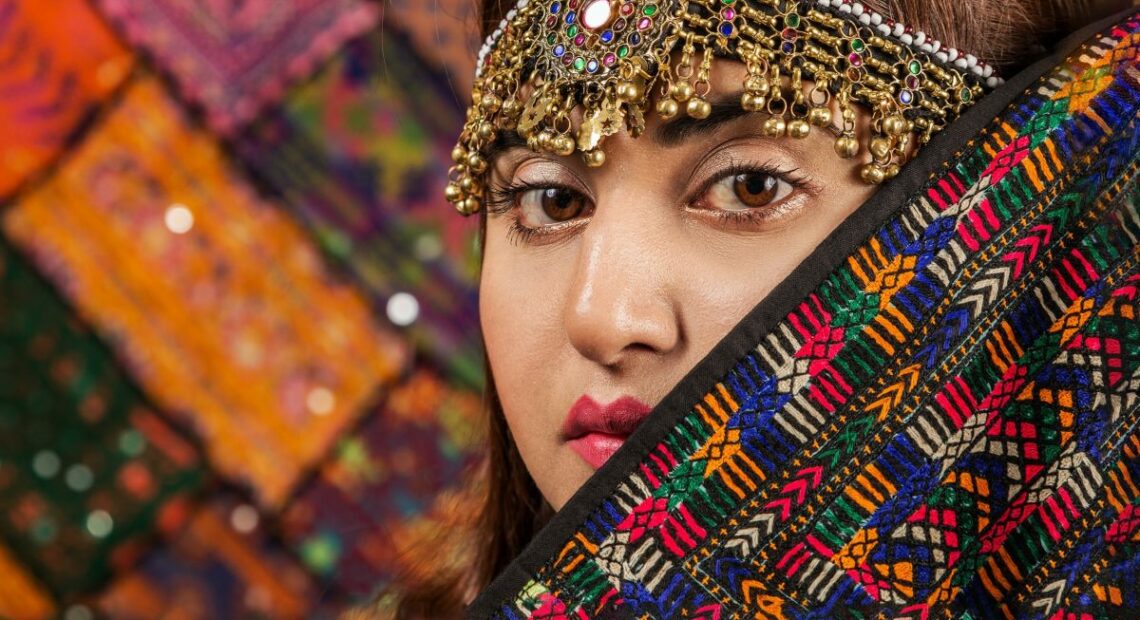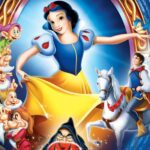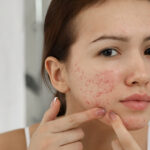How Culture Influences Beauty?

Beauty practices vary greatly across different cultures, and what is considered beautiful in one culture may not be so in another. In some cultures, beauty practices are deeply rooted in tradition and have been passed down from generation to generation.
For example, in some African cultures, a fuller figure is considered more beautiful than a thin one. This is because a fuller figure is seen as a sign of health, fertility, and prosperity. In other cultures, such as some Asian cultures, a lighter skin tone is considered more beautiful than a darker one. This is because lighter skin is associated with wealth, social status, and beauty.
In many Western cultures, the ideal of beauty is often based on a slim figure, clear skin, and youthful appearance. This ideal is often perpetuated by the media and the fashion industry, which can lead to unrealistic beauty standards and body image issues. The significance of beauty also varies across different cultures. In some cultures, beauty is seen as a sign of social status, wealth, and power. For example, in ancient Egypt, beauty was highly valued, and women would use makeup and other beauty products to enhance their appearance.
In other cultures, beauty is seen as a way of expressing individuality and creativity. In some indigenous cultures, body art and adornment are used to express cultural identity and spiritual beliefs.
Culture has a significant influence on what is considered beautiful and how beauty is perceived. Beauty standards vary across different cultures, and what is considered beautiful in one culture may not be so in another. Here are some ways culture influences beauty:
- Cultural values and beliefs: Cultural values and beliefs shape what is considered beautiful in a particular culture. For example, in some cultures, a fuller figure is seen as beautiful because it is associated with health and fertility. In other cultures, a slender figure is considered beautiful because it is associated with self-discipline and control.
- Social norms: Social norms play a significant role in shaping beauty standards. These norms are influenced by factors such as age, gender, and social status. For example, in some cultures, wrinkles are considered a sign of wisdom and experience, while in others, they are seen as a sign of aging and unattractiveness.
- Media and advertising: Media and advertising play a significant role in shaping beauty standards in modern society. The media often portrays a narrow definition of beauty, which can create unrealistic expectations and body image issues.
- Historical and geographical factors: Beauty standards have changed over time and across different geographical regions. For example, in ancient Greece, a fuller figure was considered beautiful, while in modern Western cultures, a slim figure is often idealized.
Overall, culture influences beauty by shaping our values, beliefs, and perceptions of beauty. Understanding how culture influences beauty can help us appreciate and respect the diversity of beauty standards across different cultures.








